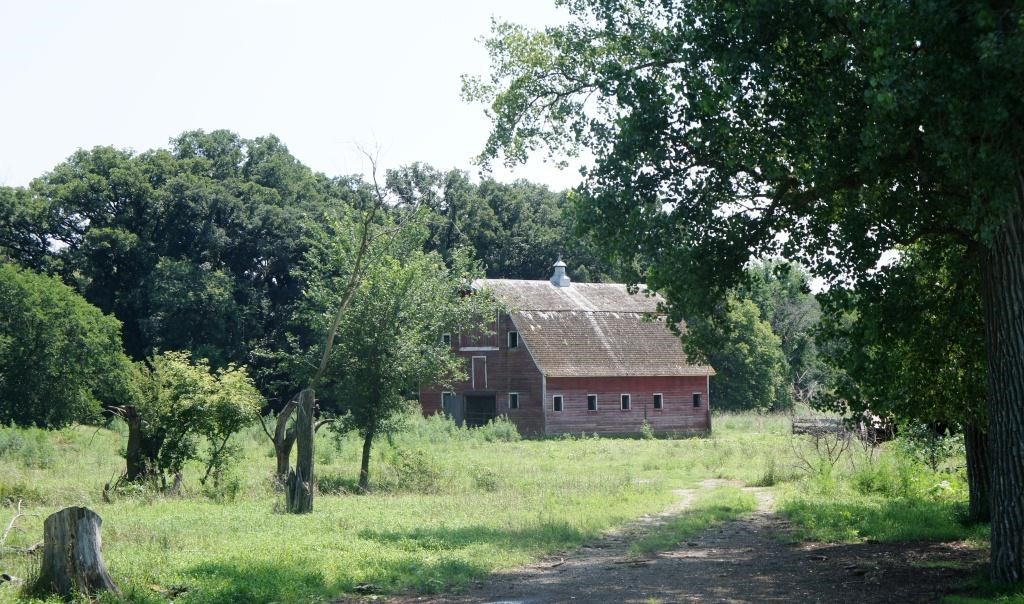Mile 4.7 - Go left onto Bon Homme County Road 20 (314th Avenue)
Mile 7.8 - You will come to a junction. Take a right onto 407th Avenue
Mile 10.8 - Take a left onto Bon Homme County Road 18 (312th Avenue)
Mile 15.6 - Crosses Choteau Creek. Road changes to Charles Mix County Road 2
You are now entering the Yankton Indian Reservation. The Great Sioux Nation has seven primary divisions, based on their respective places in the “Oceti Sakowin” or Seven Council Fires. The Ihanktunwan (Yankton) are one of the seven council fires. The Yankton settled in the eastern Dakotas. They became middlemen in a far-flung trade system between the Lakota, further to the west and the Santee to their east. The Yankton adopted a semi-sedentary lifestyle as Plains villagers.
This lifestyle was influenced by their close proximity to the Missouri River. At the turn of the 19th century the Yanktons claimed slightly more than 13 million acres with a population of approximately 2,000. At present, the tribal headquarters is located in Wagner, South Dakota. The tribe own approximately 40,000 acres. Enrolled membership currently stands at 3,500.
Mile 30.7 - Junction with BIA Road 30 (390th Avenue). Take a right.
Mile 31.0 - Take a right into roadside pullout. Walk short distance to the Yankton Sioux Treaty Monument
The Yankton Sioux Treaty Monument memorializes the 1858 treaty between the United States Government and the Yankton Sioux. By the late 1850s pressure to open up what is now southeastern South Dakota to white settlement had become very strong. Struck-by-the-Ree and several other headmen journeyed to Washington, D.C., in late 1857 to negotiate a treaty with the federal government. For more than three and a half months, they worked out the terms of a treaty of land cession. Struck-by-the-Ree's name appears first on the Treaty of Washington, signed April 19, 1858.
Returning from Washington, Padaniapapi (Struck-by-The-Ree) told his people, "The white men are coming in like maggots. It is useless to resist them. They are many more than we are. We could not hope to stop them. Many of our brave warriors would be killed, our women and children left in sorrow, and still we would not stop them. We must accept it, get the best terms we can get and try to adopt their ways."
For about eleven and a half million acres, a payment of approximately $1.6 million in annuities was to be paid over the next 50 years. Specific provisions of the treaty called for educating the tribe to develop skills in agriculture, industrial arts and homemaking. This treaty provided for the removal of the tribe to a 475,000-acre reservation on the north side of the Missouri River in what is now Charles Mix County. (Charles E. Mix was the commissioner who signed for the federal government.) The US Senate ratified the treaty on February 16, 1859 and President Buchanan authorized it ten days later. On July 10, 1859, the Yankton Sioux vacated the ceded lands and moved onto the newly-created reservation.
Mile 31.0 - 31.3 - Go south back down BIA Road 30 and take a right back onto Charles Mix County Road 2.
Click here for The Wild & Scenic Middle Missouri River Driving Tour Mile 31.3 to 50.5

